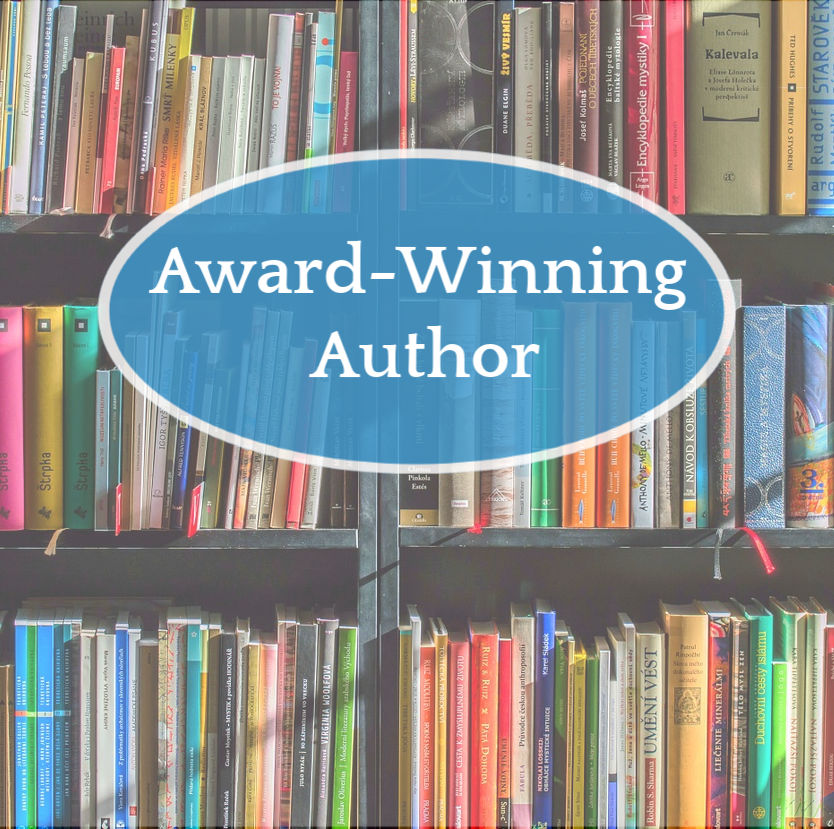
Pizzanomics and the Economy of Words
In The Picture of Dorian Gray, Oscar Wilde writes that people know the price of everything and the value…
March 10, 2023
In The Picture of Dorian Gray, Oscar Wilde writes that people know the price of everything and the value…
March 10, 2023
Any gamers in the house? I’m a huge fan of games: the creativity, the challenges, and the competition, of…
January 17, 2023
Flash fiction may sound new and alien, but it’s been around longer than you think. The query that inspired…
December 10, 2022
Sharing your fantastical words and worlds can be terrifying. You feel everyone’s eyes on you, weighing the thoughts you…
November 15, 2022
I wonder… What made you fall in love with science fiction and fantasy? As a child, I loved fairy…
October 10, 2022
From her earliest days, my mom’s life lacked value in the sight of others. Born female and Korean in…
September 10, 2022
A flexi-tube extended from the airlock and attached to the exterior of the arrow with a dull clang. A…
July 11, 2022
The proverbial journey of a thousand miles begins with the one step. But it doesn’t end there. Writing an…
May 7, 2022
Let the words of my mouth and the meditation of my heart Be acceptable and pleasing in Your sight,…
April 11, 2022
An important part of what makes your story fit into the Science Fiction and/or Fantasy genres is an element…
December 15, 2021
In the early 2000s, Blake Snyder released Save the Cat! The Last Book on Screenwriting You’ll Ever Need. This…
October 7, 2021
In honor of Independence Day, I wanted to do something special for this post to celebrate. I had an…
July 16, 2021
Sometimes it’s easy to think character development looks similar across genres. And for the reader, it usually does. Even…
September 7, 2020
It’s not always easy creating a whole world from scratch. Amy C. Blake agreed to give a few words…
August 27, 2020
Can you share a little about your recent book? My latest release is the third in a series, so…
July 1, 2020
Writing during a global pandemic is probably not something you thought you’d be tackling. Writing is hard enough by…
June 7, 2020
There’s a video floating around somewhere online (numerous, probably!) of J.K. Rowling reading her first pages to eager readers.…
January 7, 2020
When it comes to writing, some of us like to picture it in our head and write what we…
November 7, 2019
Most of us have probably been told to “plunge your main character into terrible trouble as quickly as possible.”…
September 7, 2019
When he reaches for the cookie his eyes aren’t on the cookie but on his mom in the other…
June 7, 2019
Many aspiring authors hope to write a successful series, but our author interviewee for this month is living the…
May 16, 2019
No two paths to publication are exactly alike. Over the next few months, I’ll be listening to middle grade…
March 16, 2019
Historical fantasy is a genre growing in popularity. Many famous historical figures have earned themselves a retelling of their…
December 7, 2018
“Oh, you’re a fantasy writer? I love ‘The Lord of the Rings.’” “I don’t write that kind of fantasy.”…
November 7, 2017
Do portals that move your character to another time and place work within modern storytelling? This is the question…
September 7, 2017